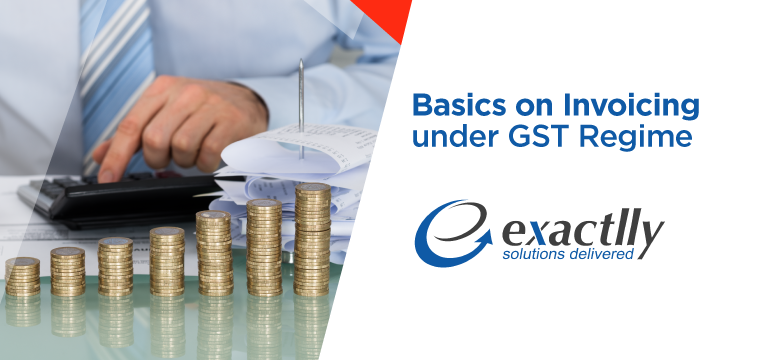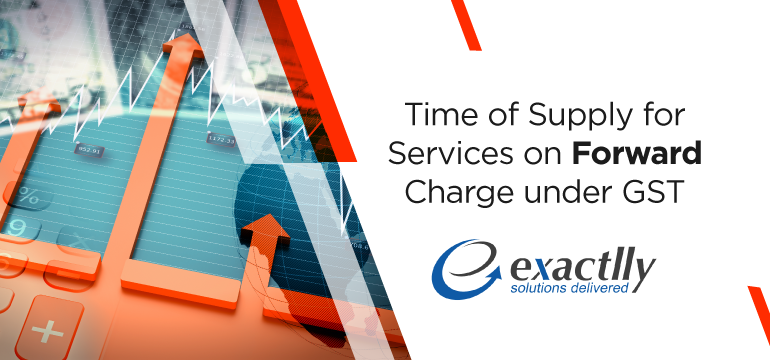Basics of Input Tax Credit and Its Distribution

An Input Service Distributor (ISD) is an office of the supplier that allocates goods to various branches of the supplier. This article highlights the manner and method in which Input Tax Credit (ITC) distribution is done and the various conditions applicable for such distribution.
Following are the conditions on the basis of which ITC distribution is undertaken by an ISD –
-
Issue of ISD invoice from the distributor to the recipient of the credit –
The ISD invoice must be issued only for distribution of Input Tax Credit, something that needs to be clearly specified in the invoice itself. This invoice must contain details including the name, address, GSTIN, a unique serial number based on the financial year in which it is being generated and date of issue of invoice of the ISD, of the supplier of the services (in respect of whom the credit is being distributed) and of the recipient to whom the credit is being distributed, the total amount of the credit so distributed, and digital or physical signatures of the supplier or his authorized representative.
It is pertinent to note that the amount of credit being distributed cannot exceed the amount of credit so available for distribution.
-
Form Filing –
For distribution of ITC monthly, Form GSTR-6 must be filed within the same month, with all details uploaded thereto.
-
Where to Distribute?
The ITC must only be distributed to the particular branch from where the input services have been consumed. In case the head office is in West Bengal, however, the branch from where the services have been consumed is in Odisha, then the ITC shall be distributed only to the Odisha branch.
-
Whom to Distribute?
The credit of tax on the input services should be distributed amongst all the recipients who have availed of the same.
Following are the methods of Input Tax Distribution –
- Input tax distribution is done on a pro-rata basis in respect of the turnover for the previous year. In case there is no data for the previous financial year, then the quarter of the last month in which the ITC was distributed shall be taken into account. This has been explained better through the following example –
Distribution of credit of INR 50,000 done by the following formula – Turnover of Recipient of credit in previous FY divided by the aggregate turnover of all recipients multiplied by the amount of credit to be distributed.
Facts:
| Credit Distribution (Amount) – INR 50,000 |
| Recipient(s) of Credit – West Bengal, Odisha |
| Turnover of West Bengal in the previous FY – INR 20 Lakhs |
| Turnover of Odisha in the previous FY – INR 30 Lakhs |
| Aggregate turnover of all recipients – INR 50 Lakhs |
Therefore,
for the West Bengal unit, the distribution of credit is = INR 20,000
for the Odisha unit, the distribution of credit is = INR 30,000
- Additional ITC based on a debit note given by a supplier is required to be apportioned to each recipient in the ratio as decided by the formula given above.
- ISD credit notes may be issued in the event that the distributed ITC is reduced for whatever reason. The ISD credit note so disbursed must contain details of the name, address, GSTIN, a unique serial number based on the financial year in which it is being generated and date of issue of invoice of the ISD, and of the recipient to whom the credit is being distributed, the total amount of the credit so distributed, and digital or physical signatures of the supplier or his authorized representative.
- In case the ITC is reduced due to the issuance of a credit note, such amount must be apportioned to each recipient in the ratio of the original ITC distribution to the recipients (as per the formula that is given above).
- In case of apportionment of ITC upon reduction, the same amount needs to be detailed in the Form GSTR-6 (it must be recorded for the month in which it is reduced credit note is issued) and when the amount apportioned is in negative, the amount must be added to the output tax liability of the recipient.
Wants to know more about Exactlly Software? Contact Us immediately and get a Free Demo.






